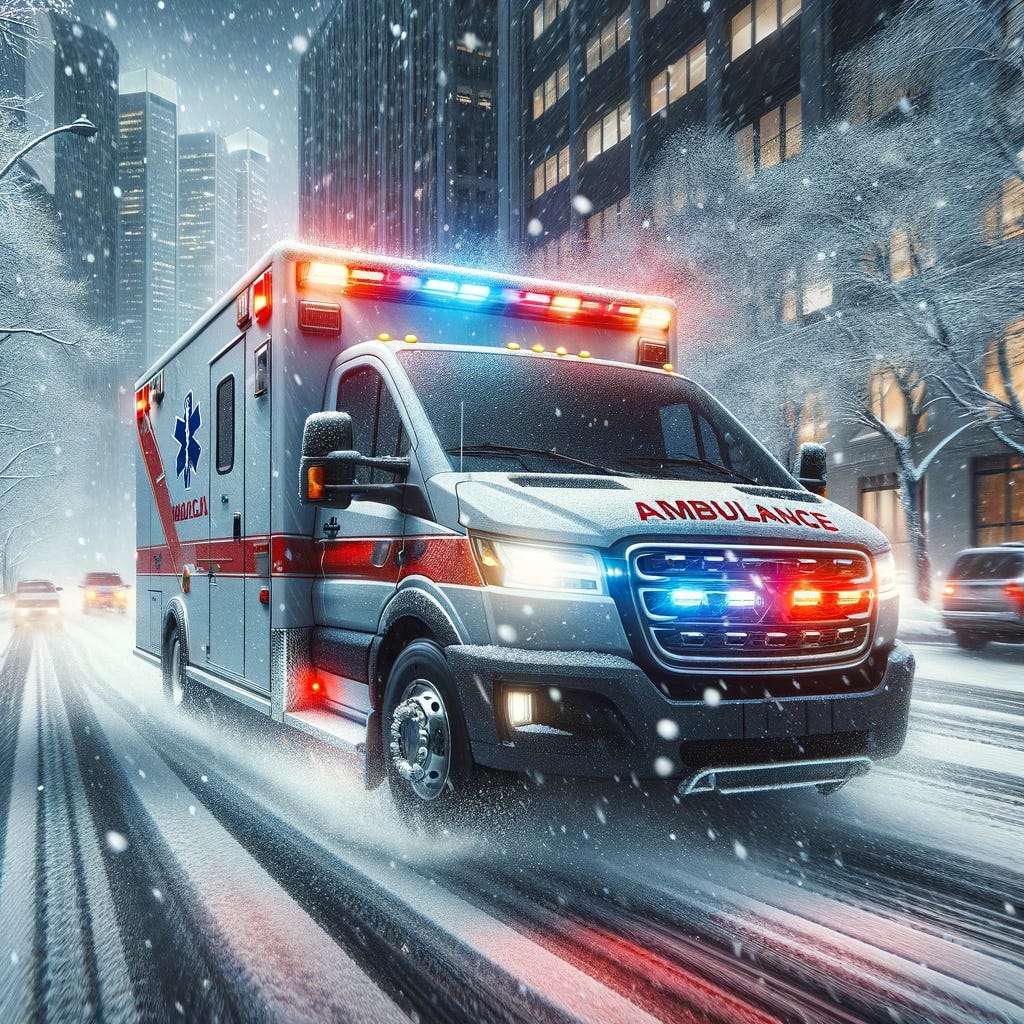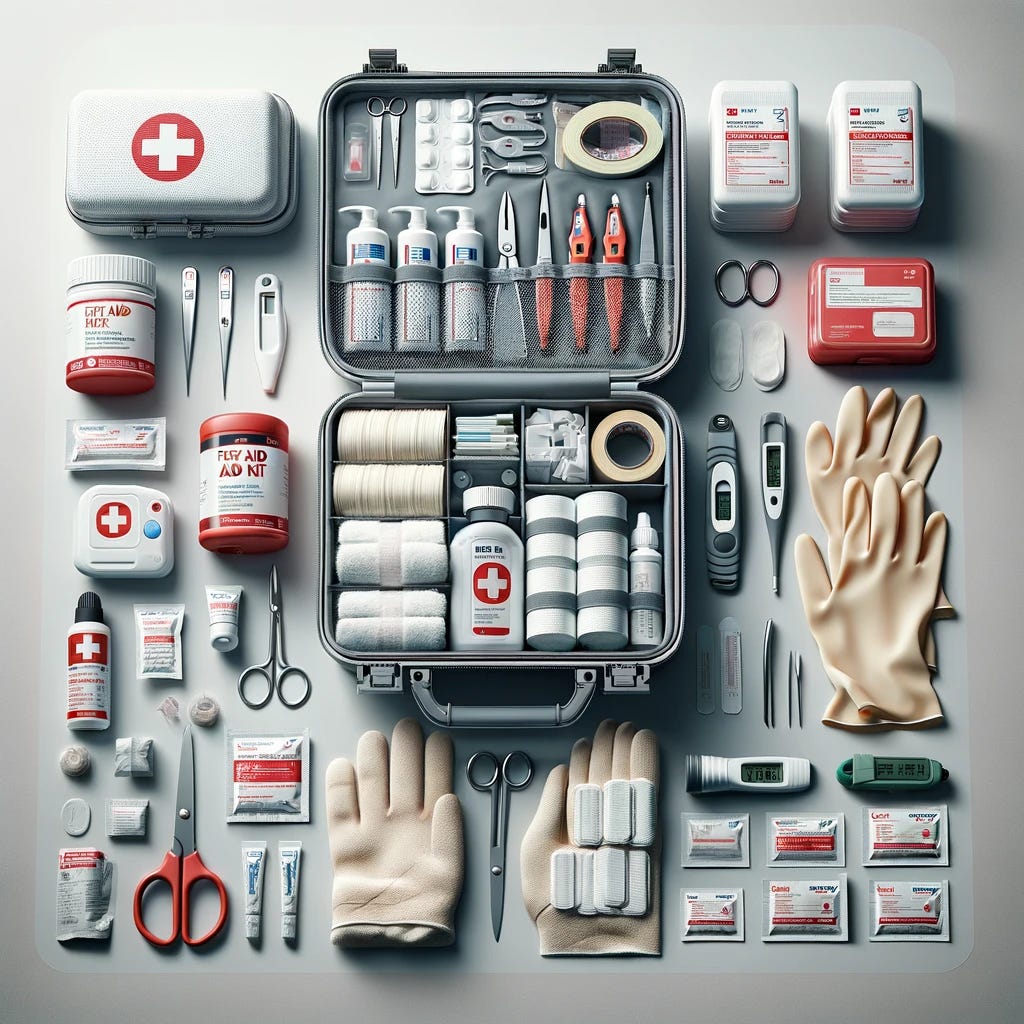Hypothermia, a medical emergency that occurs when your body loses heat faster than it can produce it, leading to a dangerously low body temperature, is a condition that can strike when least expected. Particularly at risk are those engaging in outdoor activities in cold weather, from seasoned mountaineers to casual hikers. This article aims to arm you with essential knowledge and strategies for surviving hypothermia, emphasizing the importance of preparation and awareness to navigate the risks associated with cold environments safely.
Understanding how to prevent and respond to hypothermia is not just about personal safety; it's about safeguarding our communities and loved ones. As interest in outdoor adventures grows, so does the responsibility to equip oneself against the elements. Whether you're planning a winter expedition or simply enjoy occasional outdoor pursuits, knowing how to survive hypothermia is invaluable.
Understanding Hypothermia
Hypothermia is a critical condition that transpires when the body's core temperature drops below 35°C (95°F), impairing normal physiological and cognitive functions. It's a stealthy risk in cold environments, where the body's heat loss surpasses heat production, leading to a gradual decline in internal temperature. Understanding the mechanics of hypothermia, its stages, and its symptoms is essential for prevention and timely intervention.
Stages of Hypothermia:
Mild Hypothermia: Body temperature drops to 32-35°C (90-95°F). Symptoms include shivering, increased heart rate, and hypertension. Cognitive functions, like judgment and coordination, start to decline.
Moderate Hypothermia: Body temperature falls between 28-32°C (82-90°F). Shivering may stop, confusion increases, and movements become clumsy. There's a risk of cardiac complications.
Severe Hypothermia: Body temperature drops below 28°C (82°F). This stage may lead to unconsciousness, a significant risk of heart arrhythmias, and in the absence of intervention, death.
Symptoms to Watch For:
Uncontrollable shivering (although this may cease in severe hypothermia)
Slurred speech or mumbling
Slow, shallow breathing
Weak pulse
Clumsiness or lack of coordination
Drowsiness or very low energy
Confusion or memory loss
Loss of consciousness
Who is at Risk?
Certain individuals are more susceptible to hypothermia, including the elderly, young children, and those with medical conditions that affect the body's ability to regulate temperature. Outdoor enthusiasts, particularly those who engage in activities in cold, wet, or windy conditions without adequate gear, are also at a heightened risk. Additionally, exhaustion and dehydration can impair the body's heat-producing capabilities, further elevating the risk of hypothermia.
Preventing hypothermia starts with recognizing its signs and understanding who is most vulnerable. By acknowledging these factors, individuals can take proactive steps to mitigate risks, ensuring safety during cold-weather activities.
Prevention Strategies
Preventing hypothermia is far more manageable and safer than treating it. Effective prevention hinges on proper planning, adequate gear, and the right knowledge. Here are strategies to help shield yourself against the cold and reduce the risk of hypothermia.
Clothing and Equipment Essentials:
Layering: Utilize a three-layer clothing system for insulation and moisture management. The base layer should wick moisture away from your body, the middle layer provides insulation, and the outer layer should be wind and waterproof to protect against the elements.
Material Choice: Opt for materials like wool or synthetic fibers for inner layers as they retain warmth even when wet, unlike cotton.
Accessories: Don't forget hats, gloves, and waterproof boots. A significant amount of body heat is lost through the head and extremities.
Planning for Outdoor Activities:
Weather Awareness: Always check the weather forecast before heading out. Conditions can change rapidly, and being prepared for the worst is crucial.
Route Planning: Know your route and have a plan for emergency shelters or exits if the weather turns against you.
Inform Someone: Always let someone know your plans, including where you're going and when you expect to return.
Nutritional and Hydration Tips:
Stay Hydrated: Dehydration increases the risk of hypothermia. Drink plenty of water, and avoid alcohol and caffeine, which can lead to dehydration.
High-Energy Foods: Consume high-calorie, easily digestible foods to help your body generate heat and maintain energy levels.
Emergency Planning:
Buddy System: Never venture into cold, risky environments alone. Having someone with you can make a significant difference in an emergency.
Emergency Kit: Carry an emergency kit containing essentials like a thermal blanket, waterproof matches, and a whistle.
First-Aid Knowledge: Understand basic first-aid and hypothermia treatment. Consider taking a wilderness first-aid course if you frequently engage in outdoor activities.
Implementing these prevention strategies can significantly reduce the risk of hypothermia. By preparing for the cold and understanding how to protect yourself, you can enjoy outdoor activities while staying safe and warm.
First-Aid Measures for Hypothermia
When faced with hypothermia, quick and appropriate action can be life-saving. Understanding the first-aid measures for hypothermia is crucial for anyone venturing into cold environments. Here's what to do if you suspect someone is suffering from hypothermia:
Immediate Actions:
Move to a Warm Environment: If possible, move the person indoors or to a warmer place. Shield them from the cold and wind as much as possible.
Remove Wet Clothing: Wet clothing accelerates heat loss. Gently remove the person's wet clothes and replace them with dry, warm layers.
Insulate: Use blankets, sleeping bags, or even your own body heat to warm the person. Focus on the core areas of the body such as the chest, neck, head, and groin.
Offer Warm Fluids: If the person is conscious and able to swallow, provide warm, non-alcoholic, caffeine-free liquids to help increase their body temperature.
Properly Warming Up the Person:
Apply Warm Compresses: Use warm (not hot) compresses or a warm water bottle wrapped in a cloth. Apply them to the neck, chest wall, and groin areas. Avoid using direct heat sources like a fire or heating pad, which can burn the skin or cause irregular heartbeats.
Skin-to-Skin Contact: If necessary, use your own body heat to warm the person. Skin-to-skin contact under loose, dry layers of blankets, towels, or sheets can be effective.
What Not to Do:
Do Not Rub or Massage: Avoid rubbing or massaging the person's limbs, as this can cause cold blood to rush back toward the heart, leading to dangerous heart rhythms.
Avoid Direct Heat: Do not use direct sources of heat, such as hot water, heating pads, or heat lamps, as they can cause burns or heat the body too quickly, leading to shock.
Do Not Force to Walk: Do not force the person to exert themselves, as it can worsen their condition. Keep them as still as possible
.
When to Seek Medical Attention:
Always seek emergency medical assistance as soon as you suspect hypothermia, even if you start first-aid measures. Hypothermia can quickly progress and requires professional medical treatment, especially in moderate to severe cases. Monitor the person's breathing and circulation and be prepared to perform CPR if necessary.
Survival Stories and Lessons Learned
Survival stories not only captivate the imagination but also teach invaluable lessons about facing and overcoming the odds. Here are two real-life instances of hypothermia survival, each illustrating the critical importance of preparation, awareness, and the right response.
The Mountaineer's Miracle:
In the winter of 1999, a mountaineer embarked on a solo climb in the Alaska Range. Caught off guard by a sudden storm, he found himself stranded on a ledge, battling fierce winds and plummeting temperatures. With his gear wet and the cold intensifying, hypothermia began to set in. His survival depended on the very strategies meant to prevent and combat hypothermia.
The mountaineer managed to dig a snow hole to shield himself from the wind—an immediate action to find shelter. Using his emergency thermal blanket and the few dry layers he had, he insulated his body as best as he could. Despite his dire situation, he avoided eating snow for hydration, knowing it would only lower his body temperature further. Instead, he melted snow using a portable stove, a crucial part of his emergency kit.
After two days, rescuers found him. His ability to take protective measures against the cold saved his life. This story underscores the importance of preparation, carrying the right equipment, and understanding hypothermia's risks.
The Lost Hiker's Endurance:
A hiker lost her way in the Sierra Nevada mountains as temperatures began to drop sharply. With nightfall approaching and her equipment insufficient for the cold, the situation looked grim. She remembered reading about hypothermia and the need to keep moving to generate body heat. Finding a protected area under a tree, she did push-ups and jogged in place, fighting to keep her body temperature from dropping too low.
Throughout the night, she consumed energy bars and rationed her water, knowing that food would help her body generate heat. When found the next morning by search and rescue teams, she was cold and tired but alive. Her knowledge of hypothermia symptoms and prevention strategies, particularly the importance of staying active to generate heat, played a crucial role in her survival.
Lessons Learned:
Preparation is Key: Both stories highlight the importance of preparation and the right gear. Knowing what to carry and how to use it can make a difference between life and death.
Awareness and Action: Recognizing the early signs of hypothermia and taking immediate action to mitigate them is crucial.
Knowledge Saves Lives: Understanding basic survival skills and first-aid measures for hypothermia can empower individuals to save their own lives or those of others.
These stories of survival remind us of the power of human resilience, the critical role of preparation, and the importance of knowledge. They serve as compelling testimonials to the value of the information and strategies discussed in this article.
Professional Advice and Resources
Gaining insights from medical professionals and survival experts can further enhance one’s ability to prevent, recognize, and treat hypothermia. Below are key pieces of advice from experts in the field, along with a list of resources for those interested in expanding their knowledge and preparedness.
Insights from Professionals:
Continuous Learning: Dr. Jane Doe, a wilderness medicine specialist, emphasizes the importance of continuous education. "Understanding the latest in hypothermia treatment and outdoor survival strategies is crucial. Conditions and best practices evolve, and staying informed could save a life."
Practical Training: John Smith, a seasoned survival instructor, advocates for practical, hands-on training. "Knowledge is power, but practicing survival skills in a controlled environment builds confidence and muscle memory, enabling quicker response in real situations."
Personal Health Awareness: Dr. Alex Chen, an emergency medicine physician, points out that "Individual health conditions can significantly impact one’s susceptibility to hypothermia. Knowing your limits and preparing accordingly is key to staying safe."
Recommended Resources:
Books:
"Hypothermia, Frostbite, and Other Cold Injuries" by Gordon G. Giesbrecht and James A. Wilkerson. A comprehensive guide on prevention, recognition, and treatment.
"Outdoor Survival Skills" by Larry Dean Olsen. Offers practical advice on surviving in various outdoor situations, including cold weather.
Websites:
Courses:
Wilderness First Aid (WFA) and Wilderness First Responder (WFR) courses offered by organizations like the Wilderness Medicine Institute and the Red Cross. These courses cover a wide range of topics, including hypothermia.
Importance of First-Aid Courses:
Attending a first-aid course that includes training on cold weather emergencies is invaluable. Such courses not only provide the theoretical knowledge needed to understand and address hypothermia but also offer practical skills and scenarios to ensure participants are prepared to act in real-life situations.
Conclusion
Hypothermia is a life-threatening condition that requires immediate attention and proper treatment. Through understanding its signs, symptoms, and the stages of its progression, individuals can better prepare for and respond to cold-weather emergencies. Prevention, equipped with the knowledge of first-aid measures and informed by real-life survival stories, remains the most effective strategy against hypothermia.
Remember, the outdoors offers incredible beauty and adventure, but it also demands respect and preparation. By equipping yourself with the right knowledge, skills, and gear, you ensure not just your safety but also the enjoyment of your outdoor experiences. Let the lessons learned from those who have faced the cold and survived guide you in your preparations. Stay warm, stay safe, and never underestimate the power of being well-prepared.










Important tips about preventing hypothermia. Thank you.